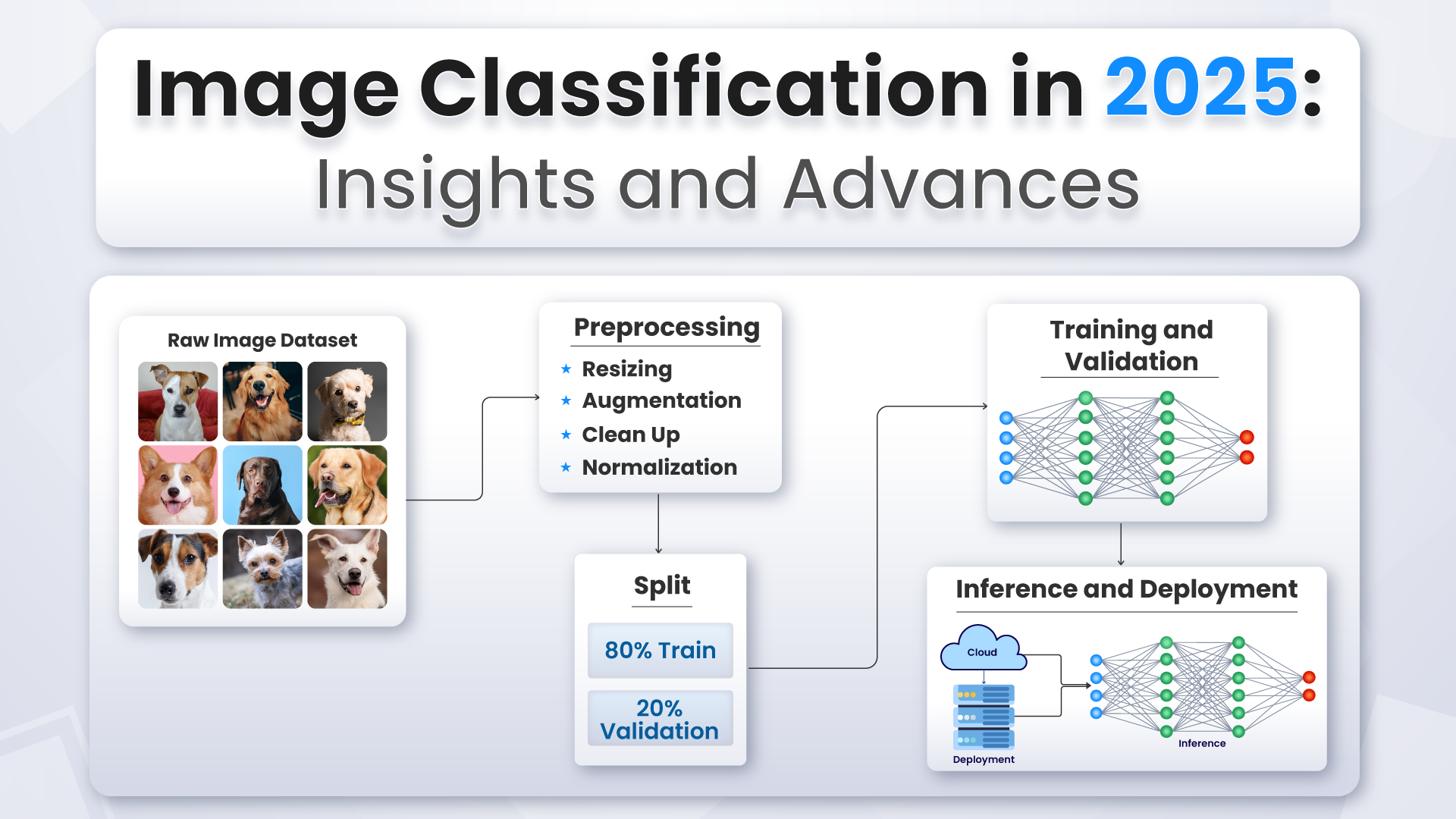
At the heart of computer vision lies image classification, a technology that empowers computers to categorize images into distinct groups. This capability forms the foundation for countless applications that have become integral to our daily lives. From facial recognition that secures our devices to classification algorithms that sort through our digital photo albums, image classification helps bridge the gap between digital imagery and actionable insights.
The evolution of image classification is proof to the ground we’ve covered in technology, with deep learning and Convolutional Neural Networks (CNNs) leading the charge. Today, it plays an important role in enhancing medical diagnostics, improving road safety through autonomous driving technologies, and even in the way we interact with the world around us through augmented reality applications.
This article aims to explain image classification, taking you through its principles and the impact it has across various sectors. Here, you’ll gain a clearer understanding of how this technology shapes our interaction with the digital world.
The Role of Deep Learning in Image Classification
Deep learning has changed the way computers understand images, making image classification not just possible but very accurate. This technology allows computers to learn from vast amounts of data, identifying patterns and features in images that are too complex for traditional algorithms.
The impact?
Now, computers can recognize faces, diagnose diseases from medical scans, and even interpret satellite images with a level of precision that was unimaginable a few decades ago.
At the heart of this revolution are Convolutional Neural Networks (CNNs). These are special kinds of deep learning models specifically designed to handle pixel data. Unlike older methods that require manual feature extraction, CNNs automatically learn the best features for the job. They work by passing the image through layers of filters, gradually “understanding” more complex features as the image progresses through the network. This layered approach is inspired by the human brain’s own visual processing system, making CNNs naturally suited for image tasks.
Several significant models have marked milestones in the development of CNNs and deep learning. AlexNet, for instance, was a breakthrough in 2012, dramatically reducing error rates in image classification competitions.
Following it, models like GoogLeNet and ResNet introduced innovations that made networks deeper yet more efficient, improving accuracy and reducing computational costs. These models have set new standards for what’s possible, pushing the boundaries further with each advancement.

Key Advances in Image Classification in 2025
Emerging Trends in AR and AI: Enhancing Real-time Interactions and Accessibility
In 2025, AI and AR integration is revolutionizing technology, extending AR from gaming to mobile tools and wearables enhancing real-world interactions. Innovations, such as multiplayer AR games by Mohx-games, highlight the sector’s dynamic growth. WebAR, supported by platforms like 8th Wall, is making AR more accessible, bypassing the need for specialized hardware and broadening its application.
Devices like Apple’s Vision Pro and Meta’s Quest 3 exemplify wearable AR’s entry into daily and professional settings, facilitating hands-free interaction with digital content. AR’s progress in marketing and navigation demonstrates its capability to offer both immersive experiences and tangible solutions to everyday challenges.
Democratizing AI: The Impact of AutoML on Image Classification
Parallelly, the role of AutoML platforms in image classification cannot be overstated. These platforms are making advanced image classification techniques accessible to non-experts, democratizing AI. By automating complex processes involved in applying machine learning models, AutoML platforms enable users from diverse fields to leverage image classification for various innovative applications without the need for deep technical knowledge in AI or machine learning. This shift is furthering a more inclusive environment for technology use and development, opening up new possibilities across different sectors.
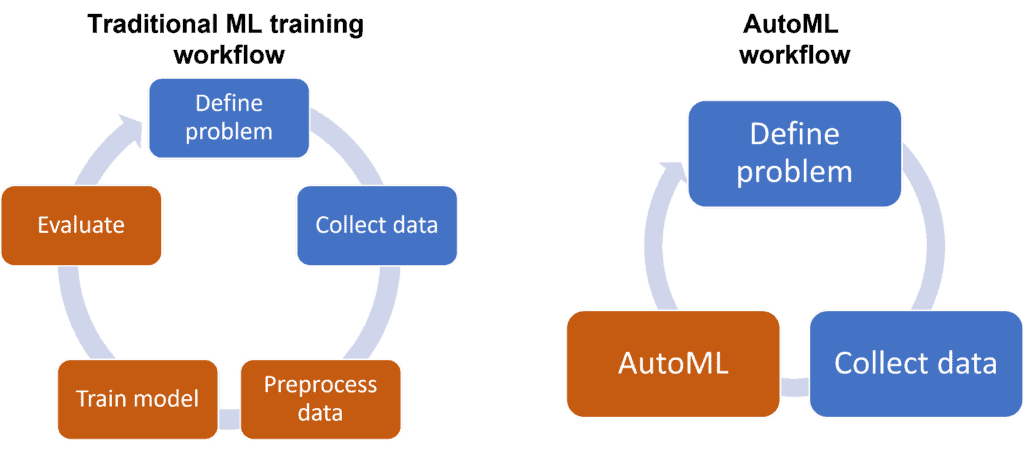
Understanding Classification Models
Classification models are essential in machine learning and image processing, serving a variety of applications from email filtering to medical diagnosis. These models can be broadly categorized based on the complexity of the task they’re designed to perform. Let’s examine the primary types of classification models and explore their unique characteristics.
Binary Classification
Binary classification is the simplest form, where a model decides between two possible outcomes. It’s akin to answering a yes/no question, such as determining whether an email is spam (yes) or not (spam). This model is effective for straightforward, two-choice scenarios.
Multi-Class Classification
Moving to a more complex scenario, multi-class classification involves categorizing data into more than two groups but still ensuring each piece of data belongs to only one group. A classic example is recognizing handwritten digits (0-9), where each digit represents a distinct class.
Multi-Label Classification
Multi-label classification further complicates the task by allowing an item to belong to multiple categories simultaneously. For instance, a news article might be tagged as both “Politics” and “Economics.” This model suits scenarios where the categories are not mutually exclusive.
Hierarchical vs. Flat Classification
Hierarchical Classification
Hierarchical classification structures the categories in a tree-like manner, where broader categories are subdivided into more specific ones. It’s particularly useful when dealing with a large set of classes that can be naturally grouped, such as organizing a library of books by genre, then by author, and so on.
Flat Classification
In contrast, flat classification treats all categories as being on the same level without any hierarchy. This approach is straightforward but might not capture the nuanced relationships between different classes as effectively as hierarchical classification.
Supervised vs. Unsupervised Learning
Supervised Learning
Supervised learning models are trained on a labeled dataset, meaning each training example is paired with the correct output. This method is widespread in classification tasks, such as image recognition, where the goal is to learn from examples and make predictions on unseen data.
Unsupervised Learning
Unsupervised learning, on the other hand, deals with data without explicit labels. The model tries to identify patterns and group similar data together, as seen in clustering tasks. This approach is useful for exploratory data analysis and discovering hidden structures in data.
Constructing an Image Classifier: Key Components Explained
Building an image classifier involves several key components, each critical to the model’s ability to learn from images and make accurate classifications.
- Initially, data collection and preprocessing are of utmost importance.
- This step includes gathering a diverse set of images and often augmenting this data to enhance the model’s robustness.
- Next, model selection comes into play, where you choose a framework, typically a Convolutional Neural Network (CNN) for image tasks, that best fits your classification goals.
- The training process then involves feeding your preprocessed images into the model, allowing it to learn by adjusting internal parameters to minimize error between its predictions and the actual labels.
- Validation follows training, where a separate dataset is used to assess the model’s performance, ensuring it generalizes well to new, unseen images.
- In the end, inference is performed on the trained model on unseen data to check the model’s validity.
Throughout this process, fine-tuning and optimization are conducted to improve accuracy, reduce overfitting, and ensure the model’s efficiency. Each of these components plays a vital role in building a successful image classifier capable of distinguishing among various categories with high precision.
Applications and Impact Across Industries
Image classification technology has revolutionized multiple industries by providing innovative solutions to complex problems. In healthcare, image classification algorithms power diagnostic tools that can identify diseases with remarkable accuracy. For instance, AI-powered systems can now detect early signs of diabetic retinopathy in retinal images, helping prevent blindness in diabetic patients. This application not only speeds up the diagnosis process but also makes it more accessible, especially in underserved areas.
Navigating the Future: Autonomous Vehicles
In the automotive industry, autonomous vehicles rely heavily on image classification to navigate safely. These vehicles use cameras to capture real-time images of their surroundings, which are then processed to identify road signs, pedestrians, other vehicles, and various obstacles. The deployment of Tesla’s Autopilot system showcases the potential of image classification to enhance road safety and reduce human error, marking a significant step toward fully autonomous driving.
Streamlining Retail with Smart Shopping Solutions
Retail is another sector reaping the benefits of image classification. Companies like Amazon use image classification in their Amazon Go stores to automatically detect when products are taken from or returned to shelves, allowing customers to shop without checking out manually. This not only improves the shopping experience but also streamlines inventory management.
Cultivating Efficiency: Advances in Agriculture
Furthermore, agriculture has seen advancements with drones equipped with image classification capabilities to monitor crop health, pest infestation, and drought conditions, providing farmers with actionable insights to increase yield and reduce waste.
Navigating the Ethical Landscape of Image Classification
Safeguarding Data Privacy and Combating Bias
Data privacy emerges as a primary concern, given the sensitive nature of images processed by AI systems. There’s a risk that personal photos used in training datasets could be mishandled, exposing individuals to privacy violations. Additionally, the issue of bias in AI algorithms poses significant challenges. If the training data is not diverse, the system may develop skewed perspectives, leading to discriminatory outcomes in applications like surveillance or hiring.
Pioneering Ethical AI Development Strategies
Mitigating these risks requires a concerted effort toward ethical AI development. This includes adopting transparent practices in data collection, ensuring datasets are diverse and representative, and implementing rigorous testing to identify and correct biases. Moreover, the development of AI ethics guidelines and the active involvement of ethicists in AI projects can provide valuable insights into navigating these complex issues.
Envisioning the Future: Breakthroughs and Ethical Challenges Ahead
Looking forward, the field of image classification is poised for further breakthroughs, with technologies like generative adversarial networks (GANs) and advances in unsupervised learning opening new possibilities for even more sophisticated image analysis. However, as these technologies evolve, so do the ethical challenges they present. The journey ahead involves not only technological innovation but also the cultivation of a robust ethical framework that governs the use of AI.
Key Takeaways
– Image classification, powered by deep learning and Convolutional Neural Networks (CNNs), is transforming industries by enabling machines to interpret images with remarkable accuracy.
– The integration of AI with augmented reality and advancements in real-time image classification are opening new avenues for user engagement and accessibility.
– AutoML platforms are democratizing image classification, making it accessible to non-experts and fostering innovation across various sectors.
– Ethical considerations, including data privacy and bias, are crucial in the development and deployment of image classification technologies.
Conclusion
The journey of image classification is an ongoing adventure marked by giant technological strides that have redefined our interaction with the digital world. As we look towards the future, the importance of ethical AI development cannot be overstressed. Balancing innovation with responsibility will be key to unlocking the full potential of image classification, ensuring it contributes positively to society and industry alike.







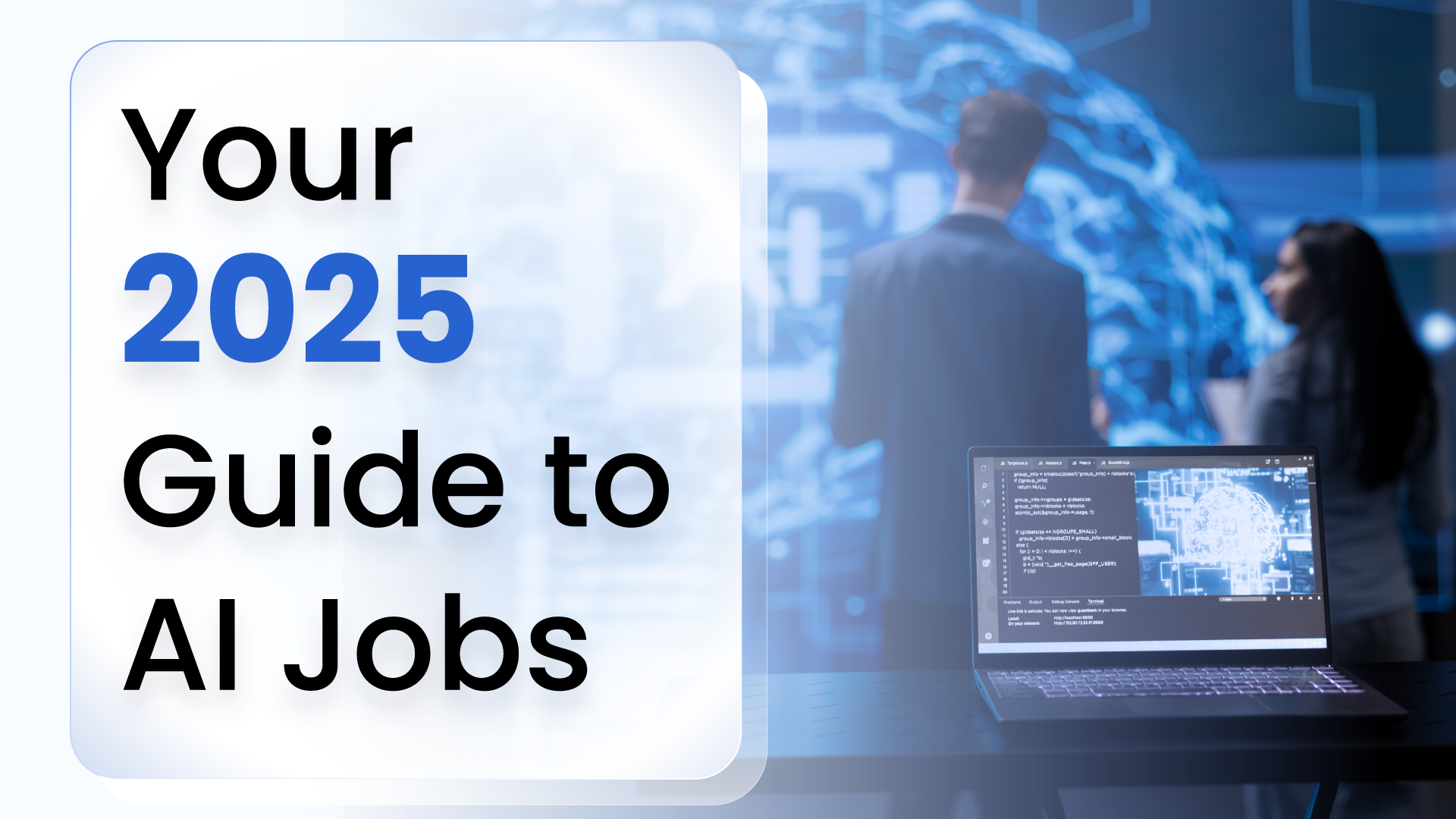
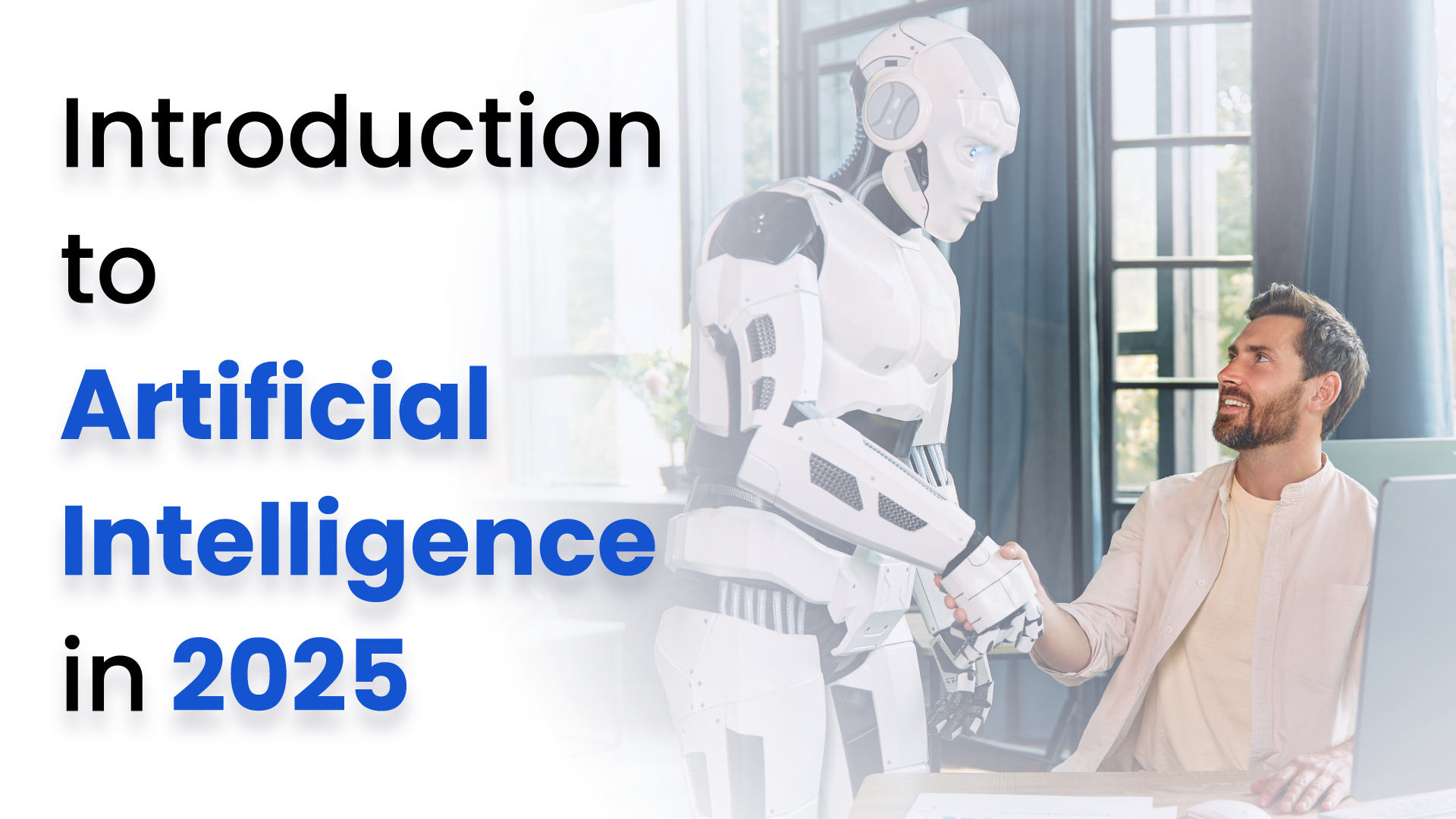
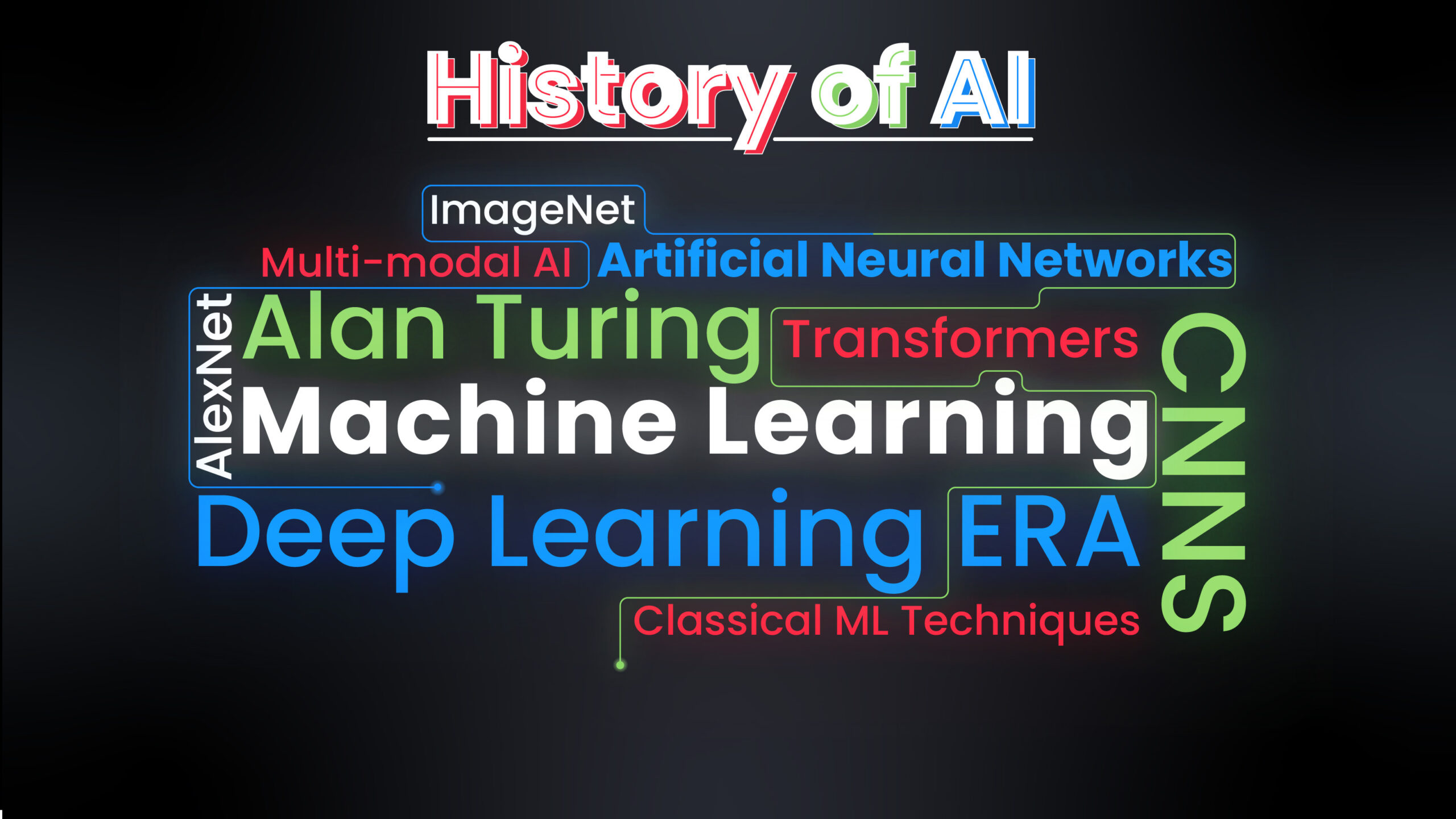

5K+ Learners
Join Free VLM Bootcamp3 Hours of Learning